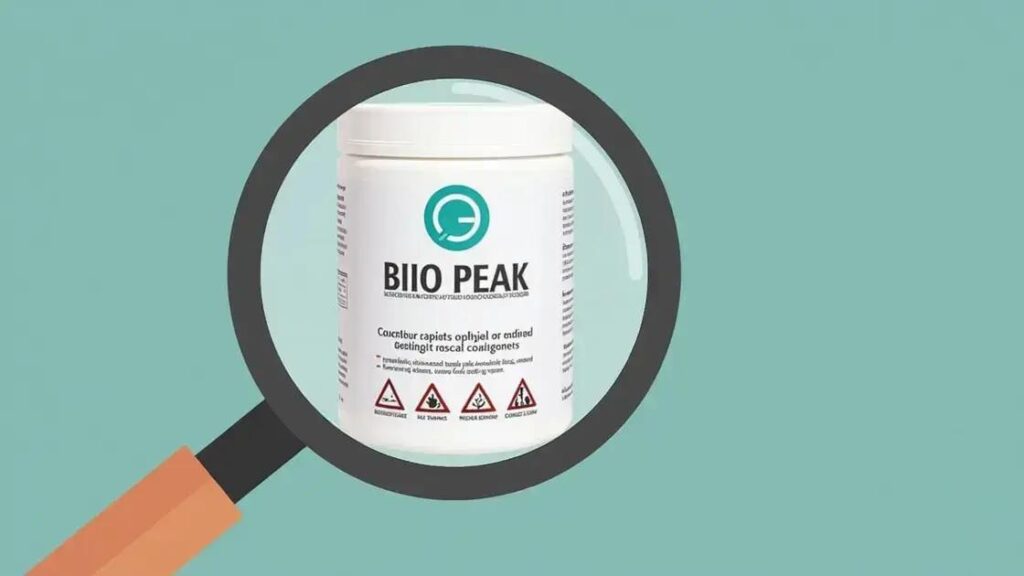Bio Peak helps consumers spot counterfeit products by identifying key markers, recognizing common signs like poor quality and unusual packaging, and utilizing verification tools. To report counterfeits, gather evidence, contact brands or consumer protection agencies, and ensure you provide detailed information to help combat fraud.
In an age where counterfeit products flood the market, knowing how to identify them is crucial. Bio Peak offers invaluable insights into spotting these fakes effectively. Understanding its significance can empower consumers to make informed choices and protect themselves. In this article, we’ll delve into the key aspects of Bio Peak and present tips on how you can easily differentiate between genuine and counterfeit products.
Understanding Bio Peak and Its Significance
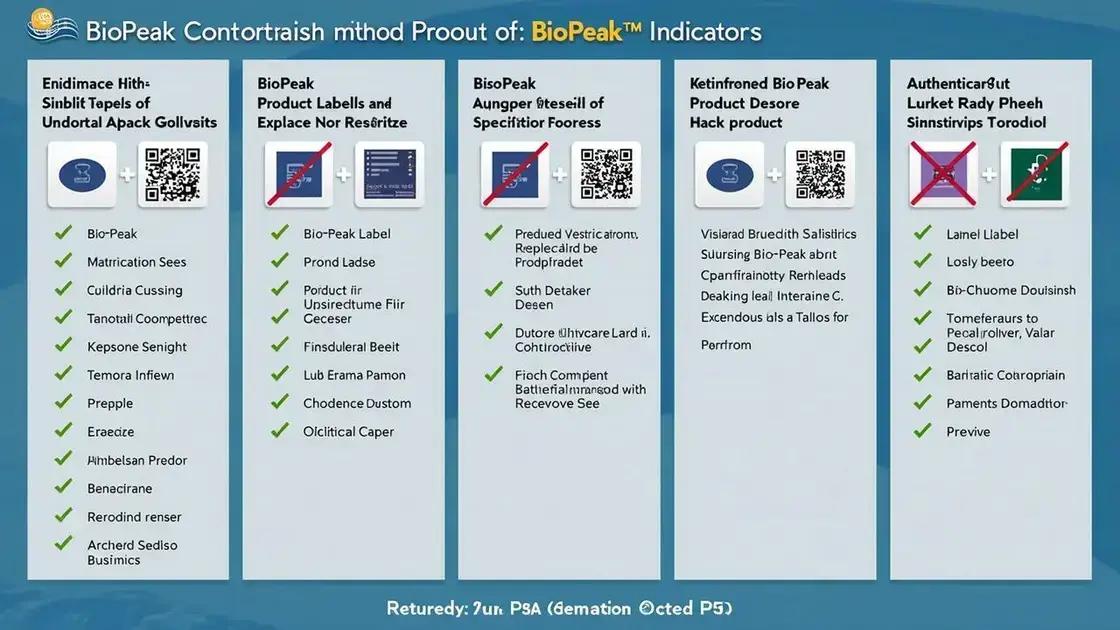
Bio Peak is an essential concept when it comes to recognizing counterfeit products in today’s consumer landscape. It refers to a unique set of markers and indicators that help identify the authenticity of products. Understanding these markers is vital for consumers looking to ensure they are purchasing genuine items and not fakes.
The Importance of Bio Peak
In a world filled with imitations and replicas, Bio Peak stands out as a valuable tool for consumers. Its significance lies in its ability to provide clarity and assurance during the purchasing process. By knowing what to look for, consumers can protect themselves from scams and avoid losing money on counterfeit goods.
How Bio Peak Works
The concept of Bio Peak operates on several principles. Firstly, it encompasses the examination of product labels, packaging, and barcodes. These elements often contain hidden information that can reveal whether a product is legitimate or not. Additionally, Bio Peak encourages consumers to familiarize themselves with the specific traits of genuine products, such as colors, logos, and materials used.
Real-World Applications
Many companies are now integrating Bio Peak principles into their product lines. This proactive approach not only helps in building consumer trust but also serves to combat the rising tide of counterfeit products. Manufacturers who adopt these practices often include codes or symbols that can be verified through official channels, making it easier for consumers to confirm authenticity.
Understanding Bio Peak and its significance is the first step in the fight against counterfeit products. By being aware of what to look for and how to verify the authenticity of items, consumers can make smarter purchasing decisions and help businesses thrive by only supporting legitimate sources.
Common Signs of Counterfeit Products
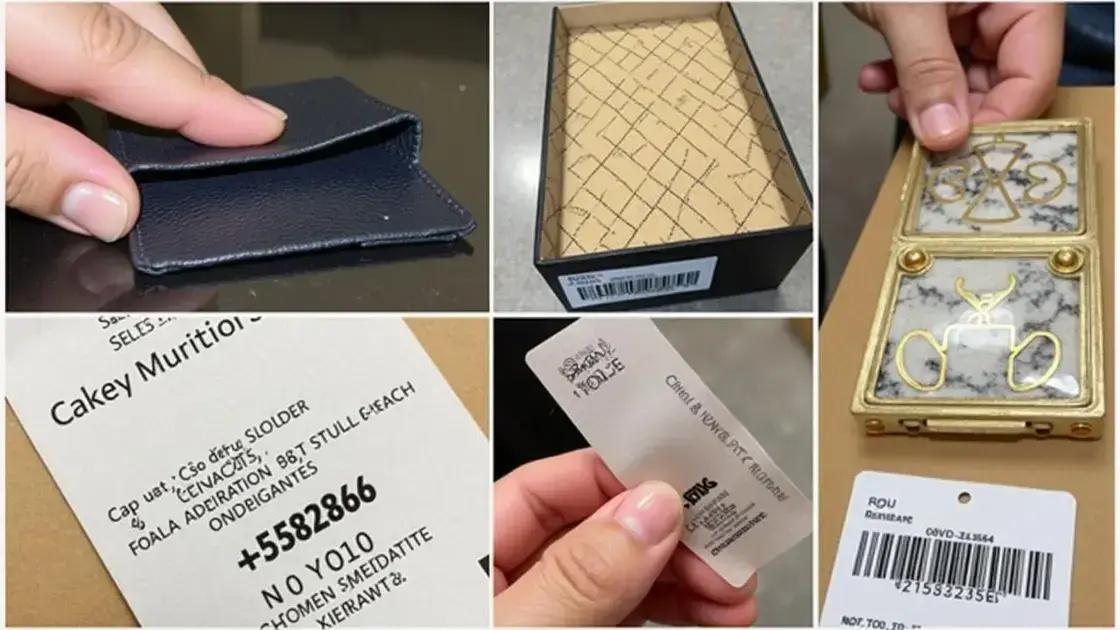
Recognizing counterfeit products is crucial for consumers. There are several common signs you should be aware of that can alert you to potential fakes. These signs can vary by product type but generally include the following indicators.
Poor Quality Materials
One of the first signs of a counterfeit product is the use of inferior materials. Genuine products are made with high-quality materials, while duplicates often skimp on quality. If something feels cheap or not well-made, it could be a fake.
Unusual Packaging
Another red flag is packaging that looks different from what you expect. Original items usually have distinctive and professional packaging. Counterfeiters may cut corners in this area, leading to packaging that is poorly printed or missing crucial details.
Missing Authenticity Features
Many legitimate products come with authenticity features such as holograms, serial numbers, or QR codes. If these features are absent or look poorly executed, it might be an indication that the product is counterfeit.
Unrealistic Pricing
If a deal seems too good to be true, it probably is. Counterfeit products are often sold at much lower prices than the genuine article. Be cautious of significant discounts on brand-name goods; this may point to imitation products.
By being aware of these common signs, you can protect yourself from purchasing counterfeit products and make more informed shopping decisions.
How to Use Bio Peak for Verification
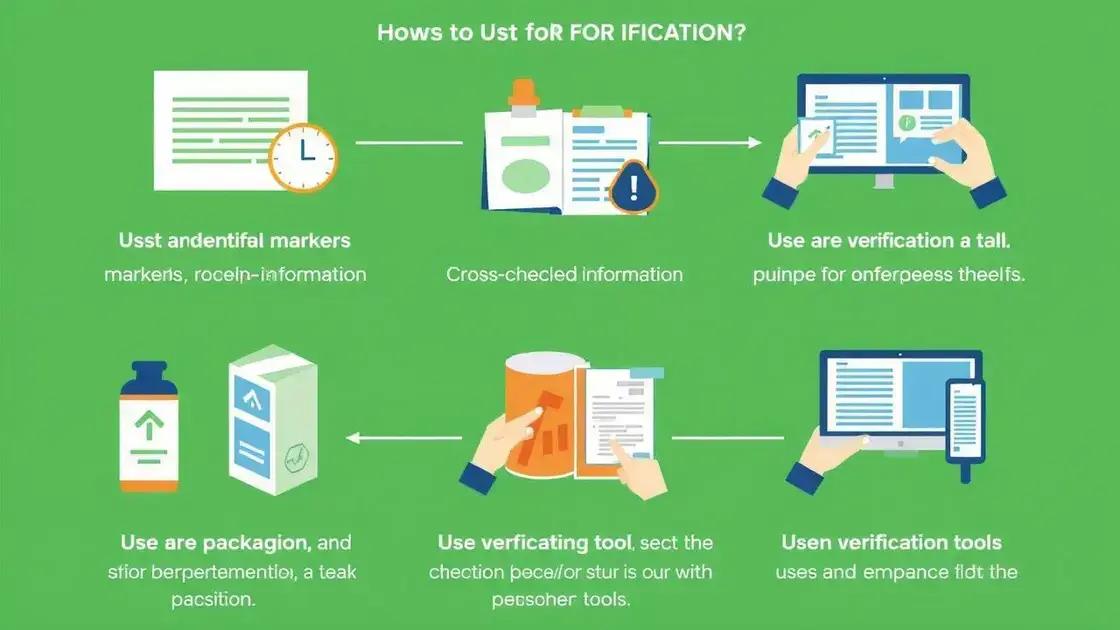
Using Bio Peak for verification can significantly enhance your ability to identify counterfeit products. This process involves several straightforward steps that allow you to confirm the authenticity of items easily.
Step 1: Identify Key Markers
First, familiarize yourself with the key markers of the product you are verifying. These may include features like specific logos, serial numbers, and special tags. Knowing what to look for is essential before proceeding with verification.
Step 2: Cross-Check Information
Once you have identified the markers, cross-check this information with the official website or reliable sources related to the brand. Companies often provide resources to help consumers verify their products. Look for sections like “How to Verify Authenticity” or “Product Authenticity Checks.”
Step 3: Examine Packaging
Examine the product packaging closely. Genuine items typically have high-quality packaging, including well-printed fonts, clean designs, and proper logos. Use Bio Peak principles to check for variations against known genuine packaging.
Step 4: Use Verification Tools
Some products include verification tools such as QR codes or NFC tags. Scan these codes with your smartphone to get detailed information about the product and confirm its legitimacy. Ensure that the details match what you expect.
By following these steps when using Bio Peak for verification, you empower yourself to make informed purchasing decisions and protect yourself from counterfeit products.
Tips for Reporting Counterfeits
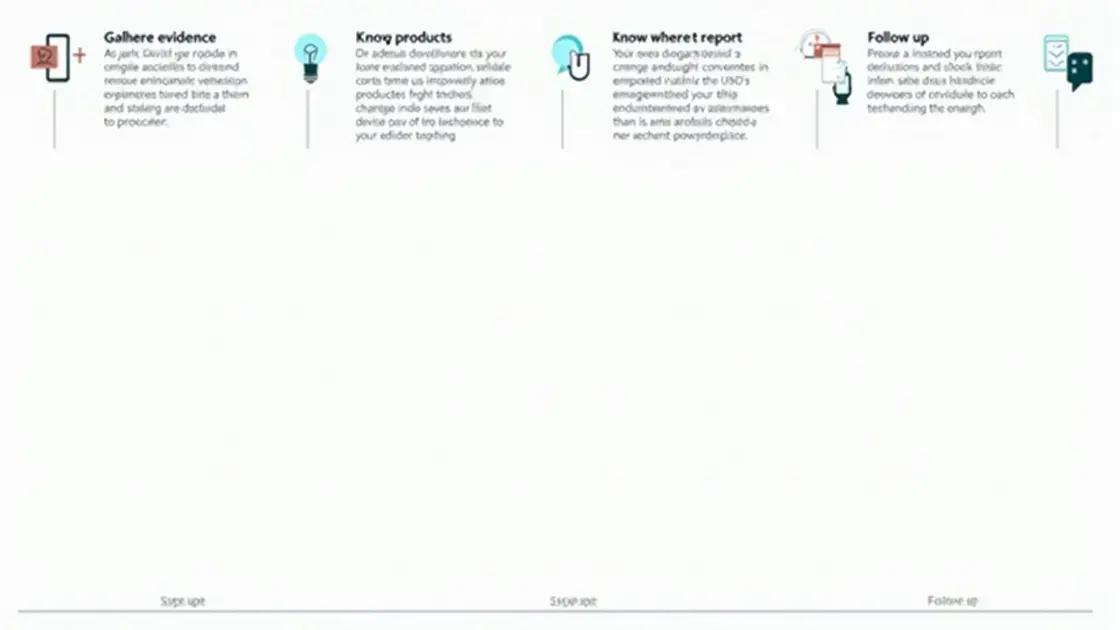
Reporting counterfeit products is essential for protecting consumers and brands. Here are some useful tips for reporting counterfeits effectively.
Step 1: Gather Evidence
Before making a report, collect as much information as possible. Take clear photos of the product, packaging, and any unique identifiers such as serial numbers or authenticity features. This evidence will help authorities understand your claim.
Step 2: Know Where to Report
Identify the proper channels for reporting the counterfeit. Many brands have dedicated websites or hotlines for this purpose. In addition, you can report counterfeits to local consumer protection agencies or platforms like the U.S. Consumer Product Safety Commission.
Step 3: Provide Detailed Information
When filing your report, include all gathered evidence and provide as much detail as possible. Mention where and when you purchased the item and any suspicious behavior you observed. The more information you provide, the better.
Step 4: Follow Up
After submitting your report, follow up if needed. Many organizations will have a tracking system. Checking back ensures that your report is being addressed and helps keep the pressure on for action.
Using these tips for reporting counterfeits contributes to the fight against counterfeit products and helps protect yourself and other consumers.
In Conclusion: Empower Yourself Against Counterfeits
Understanding how to spot counterfeit products is essential in today’s marketplace. By leveraging Bio Peak, consumers can identify authentic items and avoid scams. Key strategies include recognizing common signs of counterfeits, utilizing verification methods effectively, and knowing how to report suspicious products.
By educating yourself and following these actionable tips, you contribute to a safer shopping environment for everyone. Always be vigilant and proactive; your awareness can help combat the spread of counterfeit goods and protect genuine brands.
Stay informed, stay safe, and make informed purchasing decisions.
FAQ – Frequently Asked Questions About Spotting Counterfeit Products
What is Bio Peak and how does it help identify counterfeits?
Bio Peak is a set of markers and indicators that help consumers verify the authenticity of products, making it easier to identify counterfeits.
What are some common signs that a product may be counterfeit?
Common signs include poor quality materials, unusual packaging, missing authenticity features, and prices that are significantly lower than usual.
How can I verify a product using Bio Peak?
You can verify a product by identifying key markers, cross-checking information on official websites, examining packaging, and using any provided verification tools.
What should I do if I suspect that a product is counterfeit?
If you suspect a product is counterfeit, gather evidence, report it to the appropriate brand or consumer protection agency, and provide as much detail as possible.
Why is it important to report counterfeit products?
Reporting counterfeit products helps protect consumers and brands, reduces the prevalence of counterfeits, and contributes to a safer marketplace.
Where can I report counterfeit products?
You can report counterfeits to the official websites of brands, local consumer protection agencies, or platforms like the U.S. Consumer Product Safety Commission.

